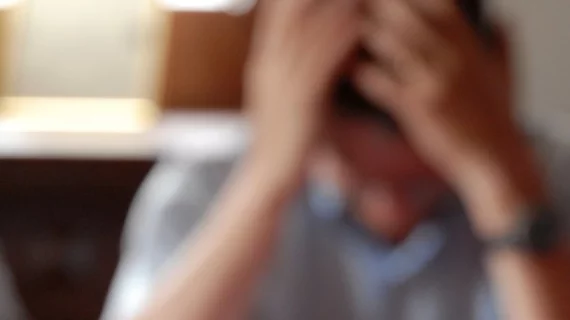28% of diagnostic radiology trainees bullied during their residency
Twenty-eight percent of U.S. diagnostic radiology residents say they experienced workplace bullying during their residency, according to research published online in Clinical Imaging. Of these trainees, more than one third will be bullied more than ten times over the course of their entire program.
In December 2017, a team of researchers led by Darcy Wolfman, MD, section chief of genitourinary imaging at the American Institute for Radiologic Pathology, sent a weekly, anonymous survey for four weeks to diagnostic radiology residents and fellows in the U.S. who had attended the July 2017, September 2017 and October 2017 four-week American Institute for Radiologic Pathology resident courses.
Survey questions asked residents and fellows whether they had experienced bullying during their residency, had witnessed bullying of other residents, were aware of a zero-tolerance policy for workplace bullying at their institution or were aware of no-retaliation policies for reporting bullying at their institution.
The survey was sent to 687 residents, or 14.4 percent (687/4769) of all U.S. diagnostic radiology residents, according to the researchers. A total of 176 residents responded—equating to a response rate of 25.6 percent, or 3.7 percent of all U.S. residents.
Of the total number of respondents, 28 percent reported experiencing workplace bullying during their residency. Additionally, one-third had witnessed workplace bullying of another radiology resident at their facility and 48 percent did not know if their institution had a zero-tolerance policy for workplace bullying. More than half of respondents (55 percent) did not know if their institution had a no retaliation policy for reporting workplace bullying.
The results also highlighted an inverse relationship between era of residency and likelihood of being bullied, the research noted. Over half (55.6 percent) of residents reported being bullied during their first year of residency training, following by 33.3 percent the second year and 8.3 percent in the third year and 2.8 percent in the fourth year.
“Hierarchical differences between employees is a known underlying factor to contribute to workplace bullying, making junior residents more vulnerable to workplace bullying than senior residents,” Wolfman et al wrote.
The researchers also found that over one-third of residents who reported being bullied were bullied more than 10 times during their entire residency. Roughly 72 percent of residents did not report their bullying, however, with most having a fear of retaliation.
Diagnostic radiology program leaders have the responsibility to provide a culture of safety of trainees, the researchers concluded, by establishing appropriate policies supporting a zero-tolerance policy for workplace bullying, as supported by American College of Radiology HR commission.
“If residents feel comfortable that they have a program director in their corner and advocating for their safety, they are more likely to report the bullying to the program director,” the researchers wrote. “Specific leadership training for program directors of diagnostic radiology to help establish early transparent communication and create cultures of safety for radiology trainees would likely help overcome some of the perceived obstacles by residents.”

